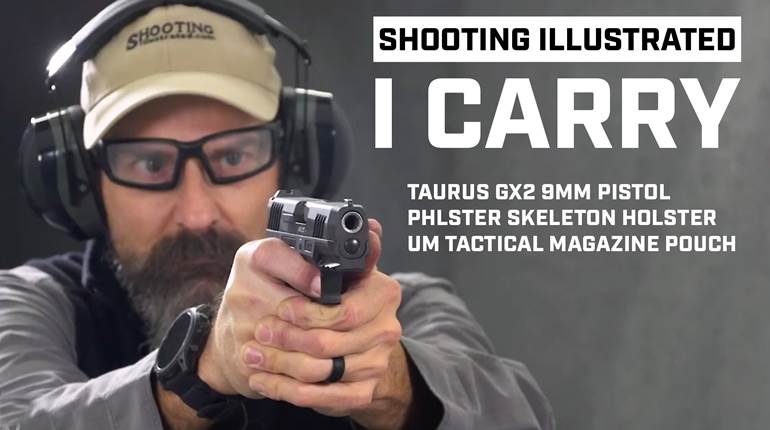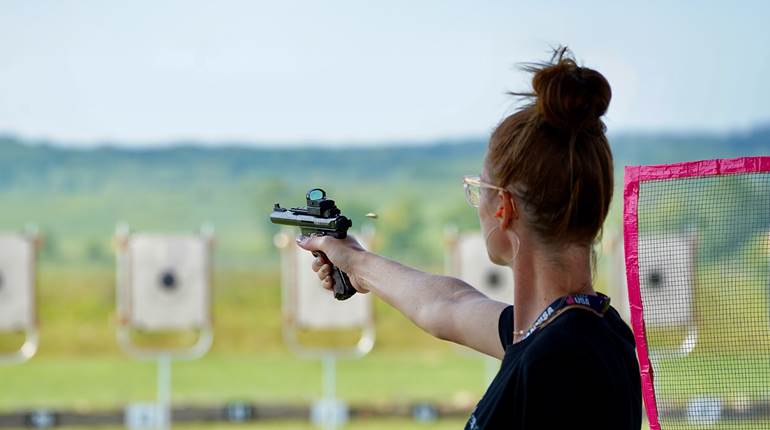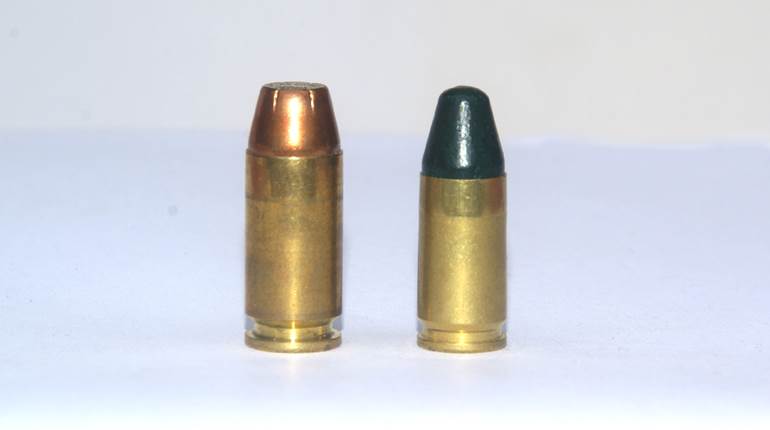
Admittedly I have a well-earned reputation for a weakness for “surplus” firearms. Although they are becoming more difficult to find these days, I do like to keep an eye out for what might appear from time to time. While doing this recently, I happened upon a Southern Ohio Gun advertisement for Beretta 92S pistols. A call to the company to place an order also revealed that they were being described as “military and state police” pistols direct from Beretta. Needless to say, I was intrigued and started doing some research on this interesting variant of the Beretta 92 series of pistols.
When it comes to a discussion of iconic handguns, you would be remiss if you did not mention the Beretta 92 series. Adopted by the U.S. military in the mid-1980s and designed and built by a company with a history dating back to the 16th century, the 92 family of pistols is recognizable to practically anyone in the firearms community (and many outside of it). 
But the history of the 92 goes back further than its beginnings with the U.S. military. In 1951, Beretta introduced a pistol dubbed the Model 951. While Beretta had built a strong reputation for producing high-quality, small-caliber pistols prior to this, the 951 gave the company a large, duty-style 9 mm combat pistol. The Beretta pistols of this era all shared many of the hallmark features we now associate with Beretta pistols, including an open-slide design with an exposed barrel.
The Model 951 employs a single-action trigger system like its smaller siblings that preceded it, but differed in its locking mechanism. Unlike Beretta’s .32 and .380 ACP pistols that featured straight-blowback systems of operation, the 951 required a locked-breech system due to the increased power of the 9mm cartridge. The production model 951 ended up employing a variation of the Walther P38 locking system in which a swinging block under the barrel locks into recesses cut into the slide. The result is a barrel that remains horizontally aligned with the target as the locking block drops out of engagement during the cycling the slide.
The Model 951 was adopted by the military services of Israel and Egypt as well as elements of the Italian military and established the company’s role as a producer of large, combat-style pistols. However, as the decades wore on the 951 began to show its age. While simple and rugged, its single-action trigger system was being outclassed in the 1970s by pistols that featured double-action/single-action (DA/SA) trigger systems (first successfully pioneered by the Walther PP back in 1929). In addition, there was a growing demand for pistols to employ double-column magazines like that of the Browning High Power for enhanced capacity. So, Beretta’s engineers took a new look at the 951.
An original Beretta advertisment for the Model 92S pistol.
The result was the Model 92, introduced in 1976. The large-frame pistol retained the core strengths of the 951 and added in the new features Beretta wanted for the design. It had a double-column magazine and featured a DA/SA trigger system, heralding the beginning of the “Wonder Nine” movement that would take hold fully in the 1980s (and was also trail-blazed by the equally classic Czech CZ-75 series of pistols).
For those acquainted with modern 92 series pistols, the original Model 92 would be quite familiar. Overall, its design and operation are quite similar. Where the original differs from today’s 92 pistols is in its non-ambidextrous, frame-mounted safety (similar in location to that of the 1911 and its magazine release. In fact, the location of the magazine release (which is the same as that on the Model 951) would seem very strange to many American shooters.
Located at the rear base area of the 92’s left-side grip panel, the magazine release button requires a different manual of arms than a more traditional unit. This system works best by bringing up your support hand and using its thumb to press the button, releasing the magazine into that cupped hand.
As noted earlier, the Model 92 looks very similar to any current Model 92 series pistol. Where it would differ (apart from the above-mentioned safety and magazine release) is in its wooden grip panels, rounded trigger guard and very basic sights. But, as you would expect, the 92 would undergo many changes (some minor, others not) over the ensuing years.



The Next Step 
The 92S (featured in this piece) represented the first significant change to the Model 92 design. Whereas the 92 had a frame-mounted safety, the 92S was redesigned to move the non-ambidextrous safety up to the slide (where the safety remains to this day on practically all 92 variants). This new safety design also incorporated a decocking function to safely drop the hammer when the safety was swept down. When in the “up” position, a red dot is exposed and indicates the pistol is ready to be fired.
To help me learn as much as possible about the 92S, I put in a call to Beretta and was able to get in touch with Jarno Antonelli, "Defence & Law Enforcement Communication Specialist" with the Beretta marketing department in Italy. He was kind enough to take the time to talk with me and bring me up to speed on the background of the 92S.
“It was the mid-1970s when the Italian National Police (Corpo delle Guardie di Pubblica Sicurezza, at that time and until 1982 a military institution) decided to adopt a new pistol in order to standardize its weapons,” he explained. “The situation at that time was that the majority of police units were equipped with the World War II-era Beretta 34s in .380, supplied to the Italian Police until 1967. In addition, some units were equipped with the 9 mm Beretta Model 1951,” he continued.
He went on to explain that the newly developed Model 92 Beretta fit the requirements of the Italian National Police extremely well. It was powerful and had a good ammunition reserve on board with its double-column magazine. However, Mr. Antonelli explained that the group did have some requests regarding the pistol.
“Some concerns were raised with the safety. As a result, a hammer release lever was introduced to drop the hammer in full safe condition.” As an interesting side note, Mr. Antonelli explained, “The head of the technical commission of the police at that time was Colonel Sposetti. Jokes were made when the S model was introduced that the ‘S’ stood for his name.” With the changes incorporated into what became the 92S, the police granted the first contract for the pistol to Beretta in 1977.
While I appreciated all the information that he had provided, I was still interested to learn more about my particular pistol I had purchased. He was able to determine with some further research that my pistol likely had been sold by Beretta to an affiliated company in Switzerland. “These apparently were old pistols that originally belonged to the Ministry of Interior in Italy,” he told me. Although he could not access the serial number field information to verify this, it seems like a reasonable assumption this was the source my pistol.
My Own Sample
My sample 92S was quite an impressive sight. The pistol I purchased was rated as being in “excellent” condition, and I believe this was an accurate description. The pistol features a high-polish blue finish on the steel parts matched up with a gloss anodized black on the lightweight alloy frame. This is at odds with the matte-black finish found on most currently produced Berettas. The sights were indeed small and hard to pick up, but would get the job done. Their lack of dots and small size are at odds with the modern sights to which we have all become accustomed.
One thing that I realized when I handled the pistol was that the location of the magazine release necessitated a corresponding cut in the lower right-hand side of the magazine body. I wondered if acquiring spare magazines for the pistol would be difficult. A little bit of research revealed that Beretta still cuts this notch into all its current 92 magazines, making them backwards compatible with earlier models like the 92S.
I was very happy to add this Model 92S to my collection. For more information on the Model 92 series, visit berettausa.com. For more information on purchasing a Beretta 92S, visit southernohiogun.com.
Specifications:
Caliber: 9 mm
Barrel: 4.7”
Overall Length: 8.25”
Weight: 33 ozs. (empty)
Grips: Plastic
Sights: Fixed
Action: DA/SA
Finish: Blued steel






































